A total of 6 Berlin cemeteries are located on the contiguous area of the cemeteries in front of Hallesches Tor between Mehringdamm and Zossener Straße in Berlin-Kreuzberg.
At the beginning of the 18th century, the cemeteries in front of the Hallesches Tor were located in front of the Berlin customs wall, i.e. outside the city. If you look at the plan of the cemetery today, you will recognize the following individual cemeteries:
- Cemeteries I, II, III of the Jerusalem and New Church Parish
- Cemetery I of the Trinity parish
- Cemetery of the Bethlehem or Bohemian Community
- Cemetery of the Brethren Community Berlin (Herrnhut Brethren Community, 1826)

However, the cemetery grounds no longer exist in their full size. In the mid-1950s, the America Memorial Library was built. This resulted in the relocation of the north entrance to the grounds. Later, due to road relocations, some of the graves had to be leveled and only the entrance gate and a few graves remain from the Bohemian Acre.


Cemeteries in front of the Hallische Gate – a tour
I entered the large area of the cemeteries in front of the Hallesches Tor from Zossener Straße and stood first in the area of Cemetery I of the Jerusalem and New Church Parish. During the tour there were only a few places where I consciously noticed that I had changed to another area of the cemetery. This was always the case when the path led through an opening in a wall. Many graves have impressive old gravestones, some with artistically interesting stone carvings, the fewest graves are kept simple and plain.


As in almost all Berlin cemeteries, there are numerous graves of honor in which well-known personalities are buried, but one also finds many gravesites of perhaps lesser-known personalities that are old and very well preserved.
Cemetery I, II and III of the Jerusalem and New Church Parishes
Already in 1755, only four decades after the opening of the first cemetery of the two communities, the space for new graves was no longer sufficient. Additional land was purchased and a wall was built around the cemetery. In the following years, numerous hereditary graves in the form of wall graves and some mausoleums were built along this wall.
Area II of the cemetery is a good 7000 m² and can only be reached via Cemetery I. The oldest gravesites date back to the early 19th century. Many of the preserved old grave monuments are today among the artistically and culturally remarkable works, such as the grave monument for Else von Falkenberg, a work by Walter Schott, which shows a free-standing, open aedicule with a female figure lying on a sarcophagus.

The mausoleum of the von Caro family, designed by Kayser & von Großheim, is also considered exceptional for the period in which it was built.

The last extension of the whole cemetery complex was in 1819 by Cemetery III of the Jersusalem and New Church congregation. During my tour through this area of the cemetery I found some interesting gravesites.
Such as the grave of E. T. A. Hoffmann, the Schering family and Carl von Siemens.


Cemetery I of the Holy Trinity Parish
The cemetery of the Trinity parish was established around 1742 at the gates of Berlin. This cemetery area is limited by the other cemeteries.

In a former chapel there is now an exhibition about the Mendelssohn family, whose graves can also be seen here in the cemetery.
Cemetery of the Bethlehem or Bohemian Community
Emperor Karl VI pursued a policy of recatholicization in Bohemia, which resulted in a movement of refugees from the region. In the late 1720s, King Frederick William I allowed Protestant refugees from Bohemia to settle in Berlin. They were also given permission to practice their religion freely. Most of the new citizens were drawn to Friedrichstadt. They were mainly craftsmen who spoke only Czech. So it was not surprising that the language barrier led to the founding of a separate congregation, the Bethlehem congregation.

The burials of the parishioners initially took place in the cemetery of the Jerusalem and New Church. The parishioners of the Bethlehem parish, however, felt harassed by the gravediggers there and pushed to be allowed to set up their own “Bohemian burials” with their own gravediggers. In 1736 they received permission for this, and the cemetery could then be used in 1740.

Today the area of the Alleenquartier Cemetery is about 5000 m² and is divided into three grave fields. In contrast to the other cemeteries, one finds here many lattice graves. On the surrounding walls there are numerous wall graves, which are relatively plain. From a purely art-historical point of view, there are much less graves in this area of the cemetery that really stand out. The most striking grave complex was designed by the artist Kurt Mühlenhaupt (1921-2006) for himself and his family.
Church Acre of the Brüdergemeine
Some of the religious refugees arriving in Berlin at that time did not join the newly established Bethlehem Community. They belonged to the Herrenhuter Brüdergemeine. This independent Protestant free church had its headquarters in Upper Lusatia. The Brüdergemeine took over part of the Bethlehem site and set up its graveyard there.

Through an entrance gate one could enter the area, which was visually completely different from the rest of the cemetery. No individual grave design was allowed. The graves were arranged separately according to “brothers” and “sisters” and they could be recognized by small ivy-covered hills.
In 1952 the cemetery was closed and the area was gradually leveled. Today, only four graves remain in their original place, other graves have been moved (reason: road construction and reduction of the cemetery size). A part of the wrought-iron fence, which separated the cemetery of the Brüdergemeine from the adjacent cemeteries, has been preserved, as well as the southern entrance gate with a wide triangular gable, which was built around 1880. If you look through the fence today, you can still see a lot of ivy, but I couldn’t really make out any graves.









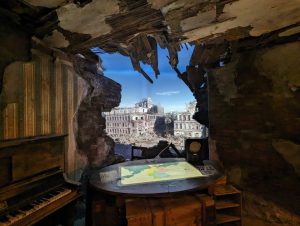






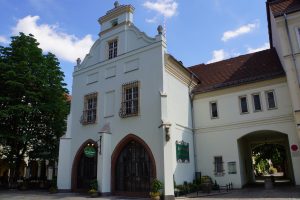

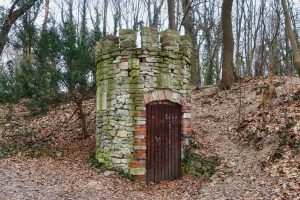
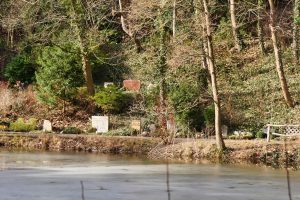
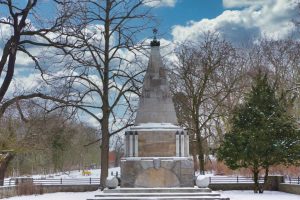





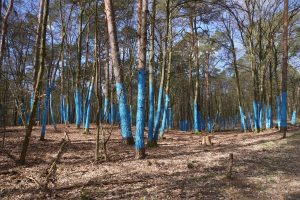




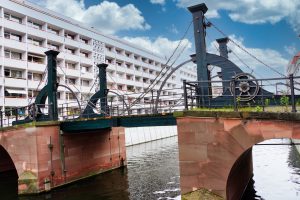
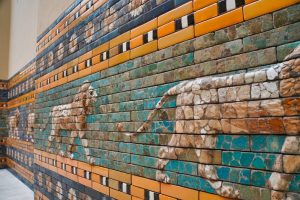



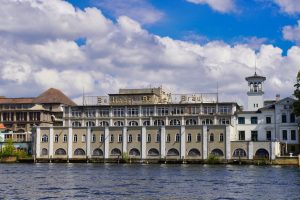









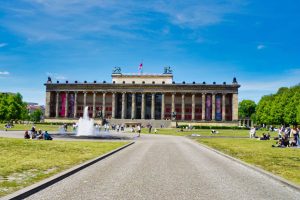





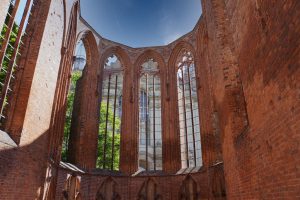


















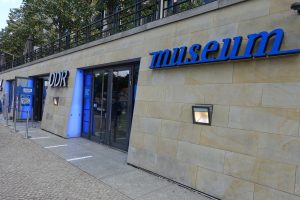





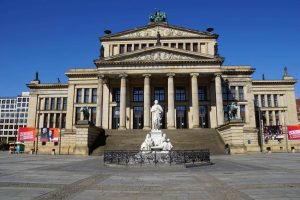







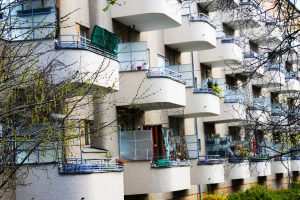










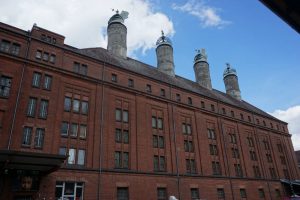





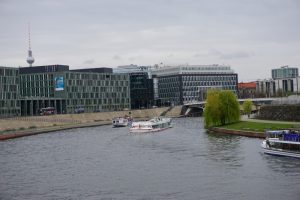
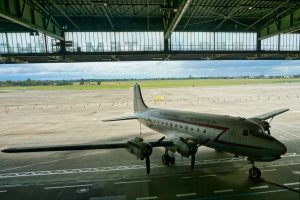








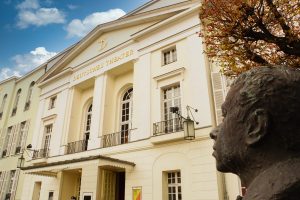


















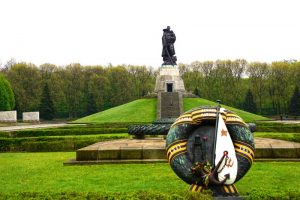














Leave a Reply